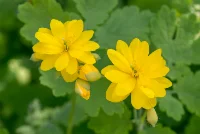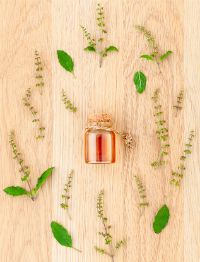Sooth Emotional Angst with Motherwort (Leonurus cardiaca)
/A plant in the mint family, Motherwort gets its name from its ancient use: helping women who had a tendency to "over-mother" and thus experienced more stress, and less joy, in their maternal role. Today, throughout Europe and in Traditional Chinese Medicine, it's used as a medicinal herb to treat emotional conditions such as anxiety and depression. It also helps ease symptoms of menstrual distress, as well as physical and emotional exhaustion.
Motherwort can be prepared as a tea, tincture, or in capsule form. Depending on the the type of preparation, it can have a rather bitter taste and an odor some may find unpleasant. However, for many users, it becomes an "acquired taste" and the benefits outweigh any bitterness.
Motherwort has the ability to calm without causing drowsiness, and it has medicinal effects on circulation and heart rate. Because it can thin the blood, this herb should be used carefully and under the guidance of Dr. Bossio or other qualified herbalist or natural health practitioner.
Image Attribution: 13-Smile/bigstockphoto.com
References




















